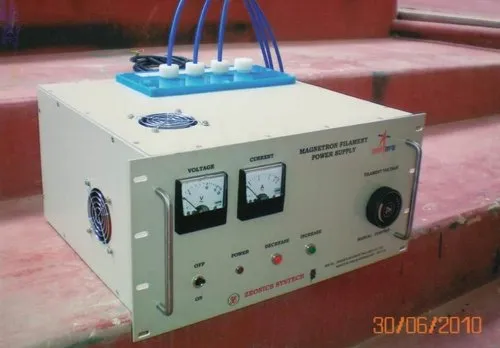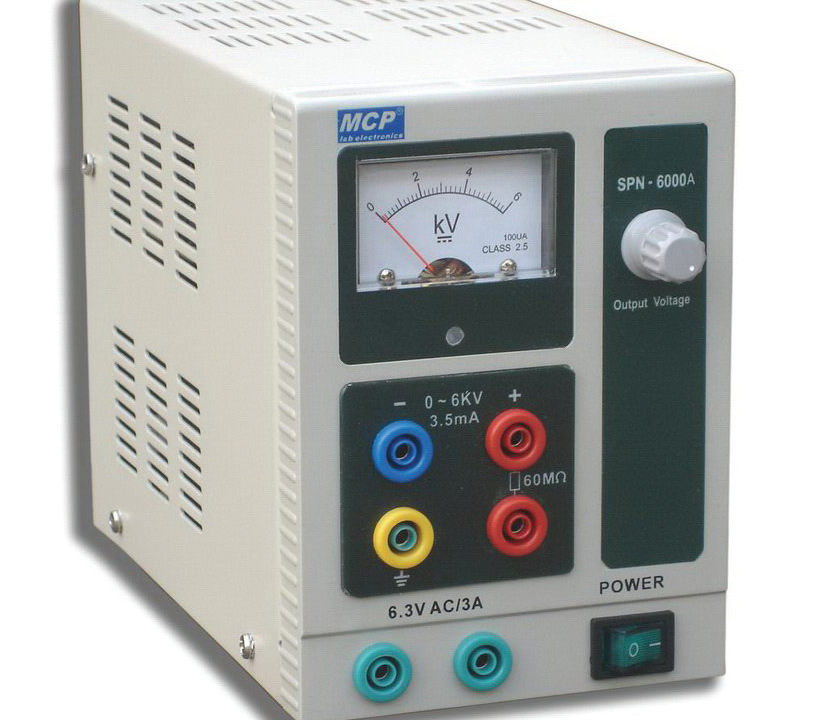
The Role of Industrial Microwave Generators in Energy Applications
April 26, 2023
Magnetron
May 3, 2023Capacitors are a ubiquitous component of electronics, and they are available in various shapes, sizes, and capacitance values. Capacitors can be manufactured using a variety of methods, leading to differences in their properties, and making some types of capacitors better suited for certain situations than others. In this post, I will focus on three of the most frequently used capacitors, namely ceramic, electrolytic, and tantalum, and evaluate their capabilities in handling over-voltage and reverse-voltage scenarios.
Ceramic– One of the most prevalent capacitors is the multi-layer ceramic capacitor (MLCC), which consists of metal paste and ceramic powder layers fused together through sintering. The resulting device can be used for a variety of purposes such as coupling, filtering, and timing in AC circuits, as they have high voltage ratings and are non-polarized.
Aluminum Electrolytic Capacitors – The aluminum electrolytic capacitor, which features a paper soaked in electrolyte sandwiched between two pieces of aluminum foil. The aluminum oxide coating on the anode side acts as the dielectric. However, electrolytic capacitors can’t be used for coupling AC signals, and they may fail when exposed to a reverse voltage or over-voltage, causing the aluminum oxide layer to break down and a short circuit to occur between the electrodes.
Tantalum Capacitors – They are another kind of electrolytic capacitor that utilizes powdered tantalum to form a pellet through sintering, with successive coatings of manganese dioxide, graphite, and silver forming the cathode. The oxide layer on the tantalum particles acts as the dielectric.
There is often debate regarding the appropriate amount of de-rating for capacitors, but I recommend using capacitors with a voltage rating of at least 2-3 times the expected voltage. For instance, if you intend to decouple a 5V power line, choose a capacitor with a rated voltage of 10V or higher. For tantalum capacitors, I recommend using a voltage rating that exceeds 3x the expected voltage, or preferably avoiding tantalum capacitors altogether.
Related posts
High Voltage Power Supply. High Voltage Probe. High Voltage Relay.




